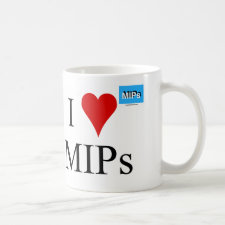Authors: Habimana J, Ji J, Pi FW, Karangwa E, Sun JD, Guo W, Cui FC, Shao JD, Ntakirutimana C, Sun XL
Article Title: A Class-specific Artificial Receptor-Based on Molecularly Imprinted Polymer-Coated Quantum Dot centers for the Detection of signaling molecules, N-Acyl-homoserine Lactones Present in Gram-Negative Bacteria.
Publication date: 2018
Journal: Analytica Chimica Acta
DOI: 10.1016/j.aca.2018.05.018
Alternative URL: https://www.sciencedirect.com/science/article/pii/S000326701830607X
Abstract: Herein, a novel class-specific artificial receptor-based on molecularly imprinted polymer (MIP)-coated quantum dots (QDs@MIP) was synthesized, characterized, and used for the detection and quantification of the bacterial quorum signaling molecules N-acyl-homoserine lactones (AHLs), a class of autoinducers from Gram-negative bacteria. The QDs@MIP was prepared by surface imprinting technique under controlled conditions using CdSe/ZnS QDs as the signal transducing material. The synthesis of the QDs@MIP was characterized by transmission electron microscopy, scanning electron microscopy, Fourier transform infrared spectroscopy, X-ray diffraction analysis, and fluorescence spectroscopy. After template elution, the obtained cavities sensitively and selectively recognized the target AHLs of interest. The fluorescence intensity of the QDs@MIP was significantly quenched compared to the control non-imprinted polymer (QDs@NIP) upon exposure to different AHL concentrations. It also had a good linearity in the range from 2-18 nM along with a detection limit of 0.66, 0.54, 0.88, 0.72 and 0.68 nM for DMHF, C4-HSL, C6-HSL, C8-HSL and N-3oxo-C6-HSL, respectively. Most interestingly, the proposed sensor exhibited high sensitivity, good stability and fast response (30 s) towards the target molecules due to successful formation of surface imprints. The practicability of the developed sensor in real samples was further confirmed through the analysis of bacterial supernatant samples with satisfactory recoveries ranging from 89-103%. According to these results, the as-prepared QDs@MIP can be used as a new potential supporting technique for the rapid and real-time detection of bacterial pathogens in food safety and healthcare facilities
Author keywords: N-acyl-homoserine lactones, Molecularly imprinted polymer, quantum dots, and fluorescent sensor



Join the Society for Molecular Imprinting

New items RSS feed
Sign-up for e-mail updates:
Choose between receiving an occasional newsletter or more frequent e-mail alerts.
Click here to go to the sign-up page.
Is your name elemental or peptidic? Enter your name and find out by clicking either of the buttons below!
Other products you may like:
 MIPdatabase
MIPdatabase









